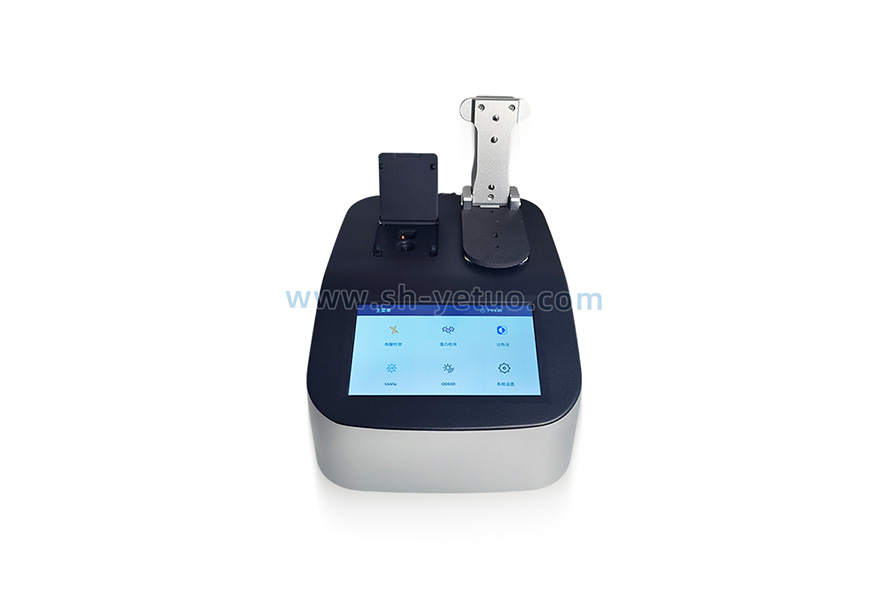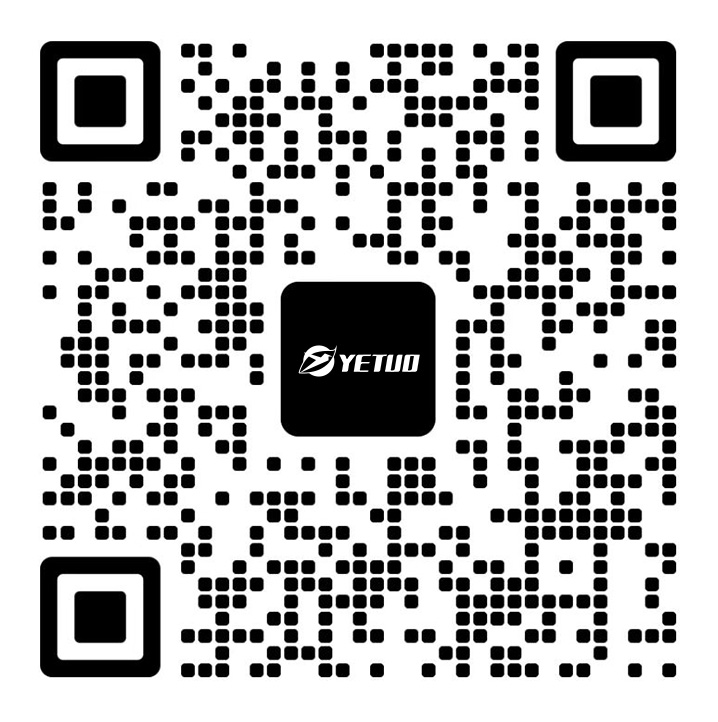In various experimental fields such as chemical analysis, environmental monitoring, and biological detection, spectrophotometry has become a conventional and reliable quantitative analysis method. Among numerous photometers, a type of instrument that is widely popular for its "simple operation, intuitive results, and strong applicability" - fixed wavelength spectrophotometers, is being widely used by laboratories and enterprises for sample detection and daily analysis at specific wavelengths.
What is a fixed wavelength spectrophotometer?
As the name suggests, Shanghai Yetuo fixed wavelength spectrophotometer refers to a spectrometer that can only perform optical measurements at a preset wavelength. Compared to adjustable wavelength or scanning type photometers, it usually has the following characteristics:
Built in single or multiple fixed wavelengths (such as commonly used 254nm, 280nm, 420nm, 560nm, etc.)
No need to manually adjust wavelength, ready to use upon startup
The instrument has a simple structure and low maintenance costs
Strong repeatability, suitable for standardized testing processes
This type of instrument is commonly used for quantitative detection of specific substances, such as COD, ammonia nitrogen, heavy metal content detection in water quality, or concentration determination of active ingredients in drugs.
Core advantages: stability, speed, and economy
Jing accurate determination, high repeatability
Due to the fixed wavelength, the light source, filtering system, and optical path structure of the instrument remain stable for a long time, which is conducive to improving the consistency and comparability of detection data, especially suitable for experimental scenarios that require a large number of samples for repeated detection.
Easy to operate and user-friendly
No wavelength selection or complex parameter settings are required. Operators only need to insert samples to read absorbance or concentration values, making it suitable for grassroots laboratories, student teaching, and rapid quality control scenarios.
Cost friendly and easy to popularize
Compared to Gao end scanning photometers, fixed wavelength instruments are more economical to manufacture and maintain, especially suitable for cost sensitive scenarios such as daily testing, mobile experimental vehicles, emergency monitoring, etc.
Common application areas
Environmental monitoring: detecting COD, total phosphorus, ammonia nitrogen, turbidity and other parameters in drinking water and surface water
Food safety: Testing for food coloring and additive content, such as nitrate, nitrite, etc
Clinical testing: Determination of serum protein, enzyme, and drug metabolite concentrations
Chemical quality control: Quantification of active ingredients in dyes, pigments, and pharmaceuticals at specified wavelengths
Teaching experiment: Provide students with intuitive experience in operating spectrophotometry
Conclusion: A compact and reliable experimental assistant
Although the Shanghai Yetuo fixed wavelength spectrophotometer does not have comprehensive analysis capabilities, in practical applications, it often plays the role of the "last detection gateway". Whether it is quality inspection sites in industrial production or experimental teaching in universities, it provides reliable data support for countless scientific research and testing tasks with its stable and easy to operate characteristics.
In the current era of rapid technological development and increasingly diverse detection needs, fixed wavelength spectrophotometers continue to provide stable services for basic analysis work with their "professional and focused" attitude.


 Alibaba Store
Alibaba Store Tmall Store
Tmall Store Jingdong Sstore
Jingdong Sstore







